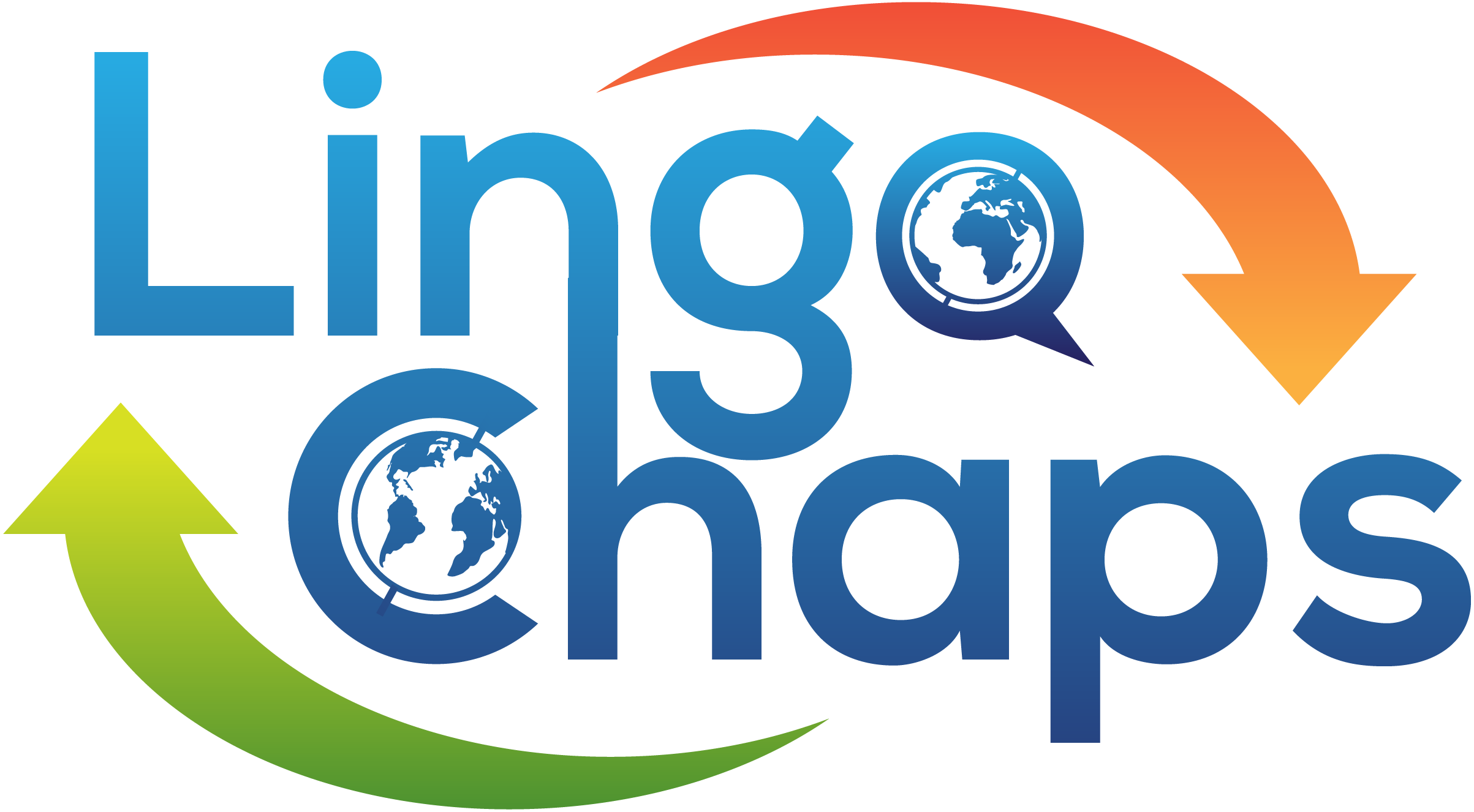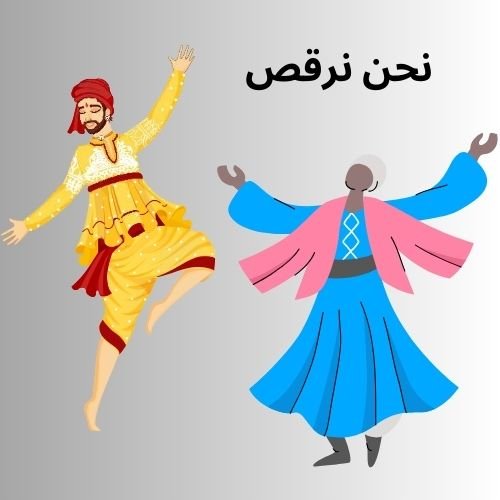Multilingual Website Development
Multilingual Website Development
What is Multilingual Website Development?
Simply put, multilingual website development is the process of creating a website that supports multiple languages. This means users can switch between languages based on their preference or location, allowing businesses to cater to a global audience.
But it’s important to distinguish between multilingual and multiregional websites. While a multilingual website focuses on different languages, a multiregional website targets specific geographical regions, often combining language and local content tailored to a particular area.
Benefits of Multilingual Website Development
1. Expand Global Reach
A multilingual website opens the door to new markets, enabling businesses to connect with potential customers who speak different languages. This allows you to grow beyond your home country and tap into international markets.
2. Improve User Experience
People prefer interacting with content in their native language. Offering a seamless experience by providing content in multiple languages helps build trust and keeps visitors engaged longer.
3. Boost SEO and Search Visibility
Multilingual websites rank better in local search results when optimized correctly. By translating keywords and optimizing metadata for different languages, you can improve your website’s visibility in search engines like Google, Bing, and Baidu.
4. Enhance Brand Image
A multilingual website shows that you’re a global player who values cultural diversity. This enhances your brand’s reputation and helps build strong relationships with international customers.
Key Challenges in Multilingual Website Development
1. Language Barriers and Translation Issues
The first and most obvious challenge is translating content accurately. Simple word-for-word translation often falls short because certain phrases or concepts might not make sense in other languages.
2. Cultural Differences
Cultural norms and preferences differ significantly across regions. What might be appealing in one country could be offensive in another. Understanding these differences is crucial for both content and design elements.
3. Technical Complexities
Developing a multilingual website isn’t just about adding a translation plugin. It requires technical considerations, such as setting up proper URL structures and ensuring that the site can handle different character sets (like Chinese, Arabic, or Cyrillic).
Key Considerations for Developing a Multilingual Website
1. Language Selection
Choosing the right languages to include on your website is critical. This depends on your target audience and where your potential customers are located.
2. Domain Structure: Subdomains vs. Subdirectories
When it comes to organizing content for different languages, businesses often face the decision between using subdomains (e.g., fr.website.com) or subdirectories (e.g., website.com/fr/). Each has its pros and cons, with subdomains being better for SEO in certain cases.
3. Content Localization
Localization goes beyond translation. It involves adapting your content to the local culture, including currency formats, date formats, and even images or videos that resonate with a specific audience.
Best Practices for Multilingual Website Development
1. Use Professional Translators
Avoid relying solely on automatic translation tools like Google Translate. Professional translators understand the nuances of the language and ensure that your message is communicated clearly.
2. Ensure Cultural Sensitivity in Design and Content
Pay attention to cultural differences in your imagery, colors, and layout. What works in one country might not work in another.
3. SEO Optimization for Different Languages
Use hreflang tags, translate your meta descriptions and keywords, and ensure that search engines can index your site in all the available languages.
4. Maintain Consistent Branding
No matter what language your website is in, ensure that your branding remains consistent. This builds trust and strengthens your global image.
Top Tools and Technologies for Multilingual Website Development
1. Translation Management Systems (TMS)
Tools like SDL Trados and MemoQ can help manage large-scale translation projects, ensuring consistency across all languages.
2. Content Management Systems (CMS) with Multilingual Support
WordPress, Joomla, and Drupal are some of the popular CMS platforms with built-in multilingual features or plugins.
3. Plugins and Add-ons for Multilingual Features
Plugins like WPML for WordPress or FaLang for Joomla simplify the process of managing multilingual content on your website.


